Earlier this month, Andrew Robson and I got a chance to walk through the 7th U.S. National Bonsai Exhibition, held on September 11th and 12th in Rochester, New York, and record a critique of ten trees that caught our attention. You can listen to the conversation, which includes commentary from special guest Nao Tokutake, at the Bonsai Wire Podcast.
The photos below correspond with the trees we discussed. For high quality photos of the complete exhibit, pre-order the exhibition catalog at the discounted pre-publication rate from International Bonsai.
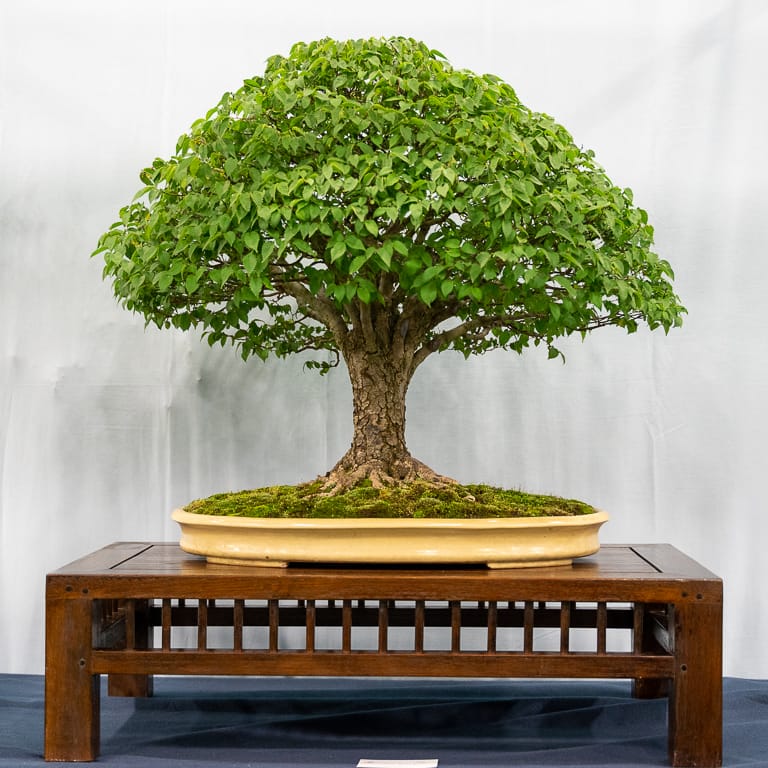
Zelkova
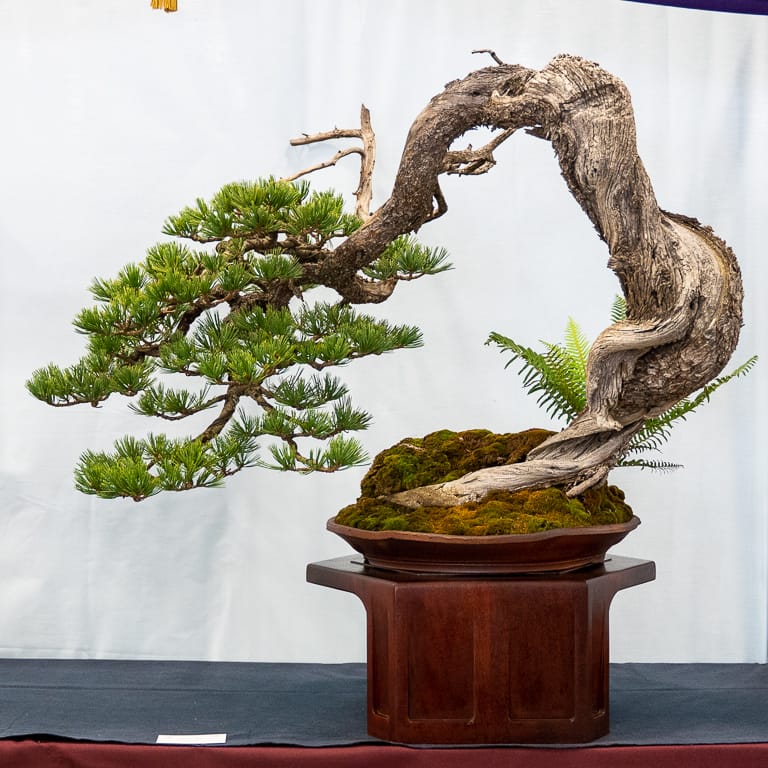
Limber pine
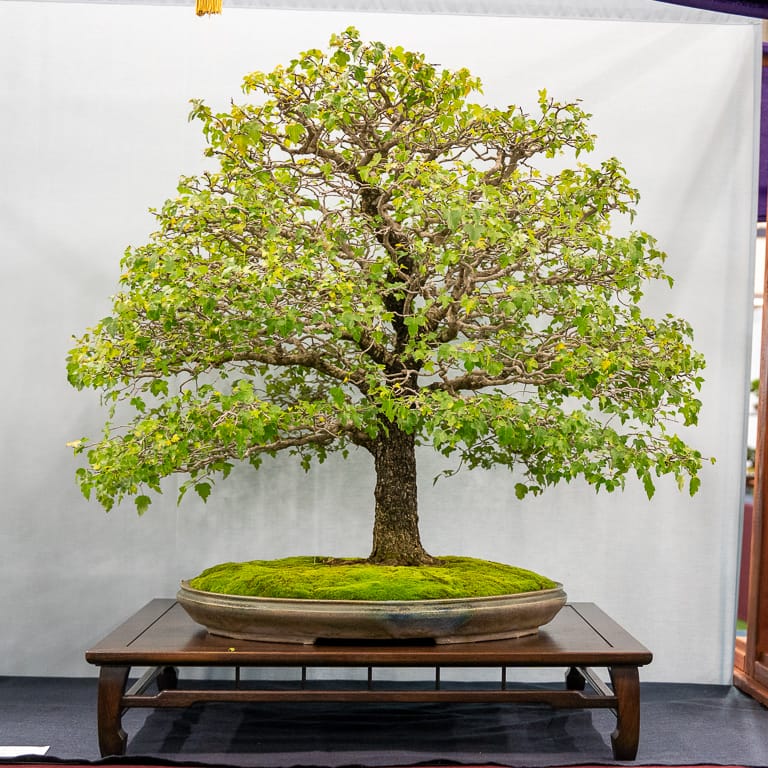
Washington hawthorn
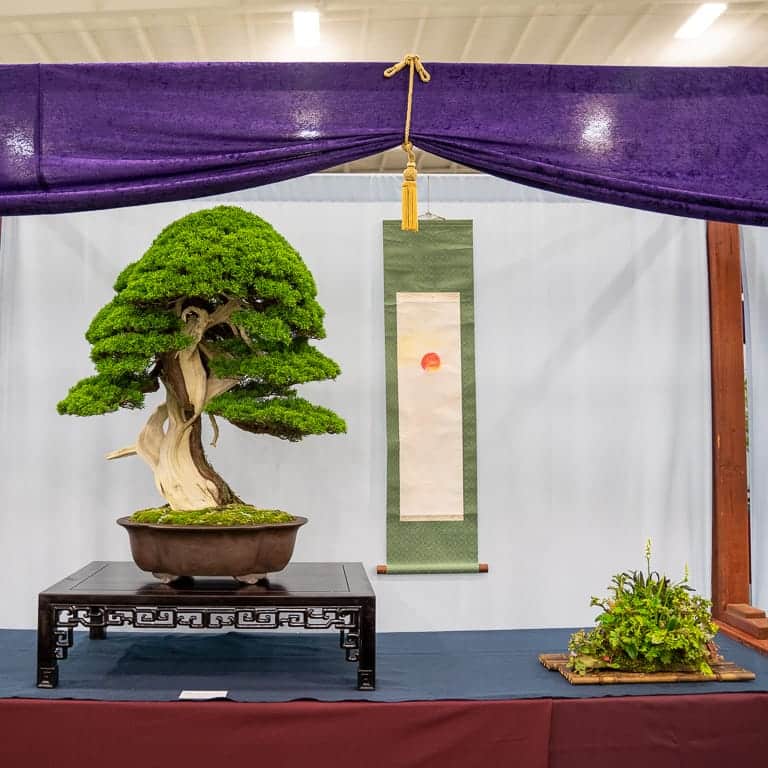
Shimpaku
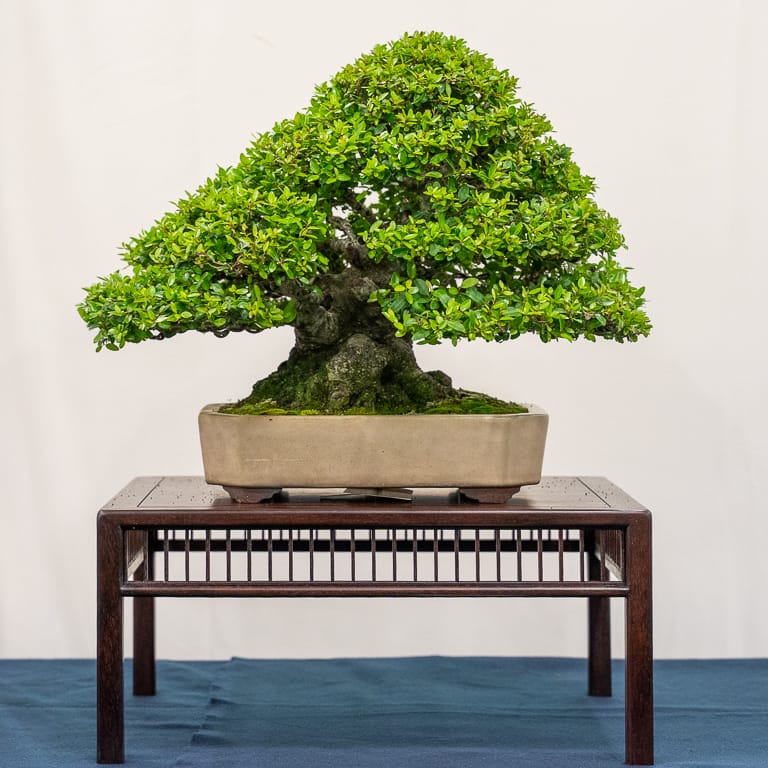
Yaupon holly
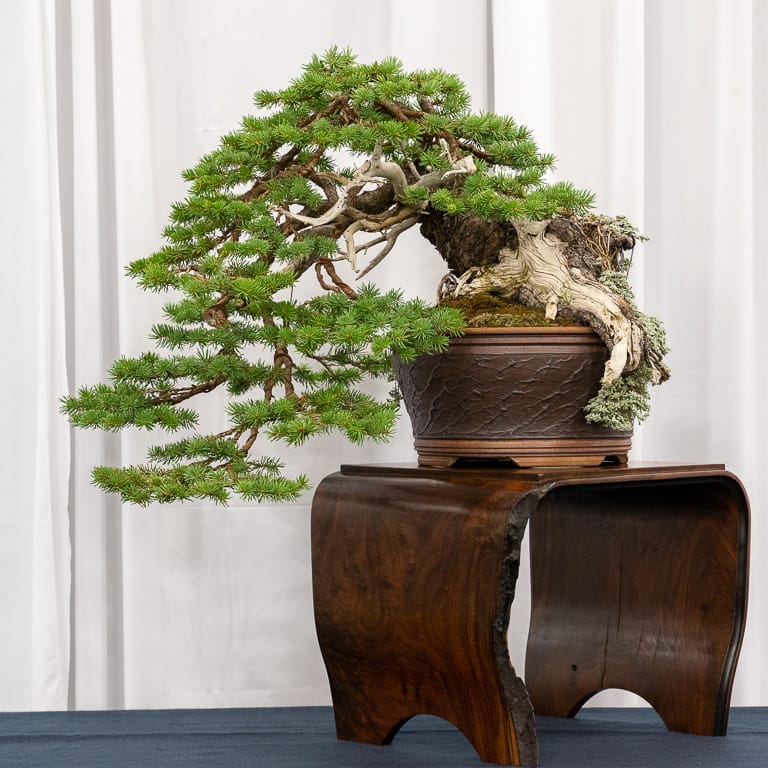
Colorado blue spruce
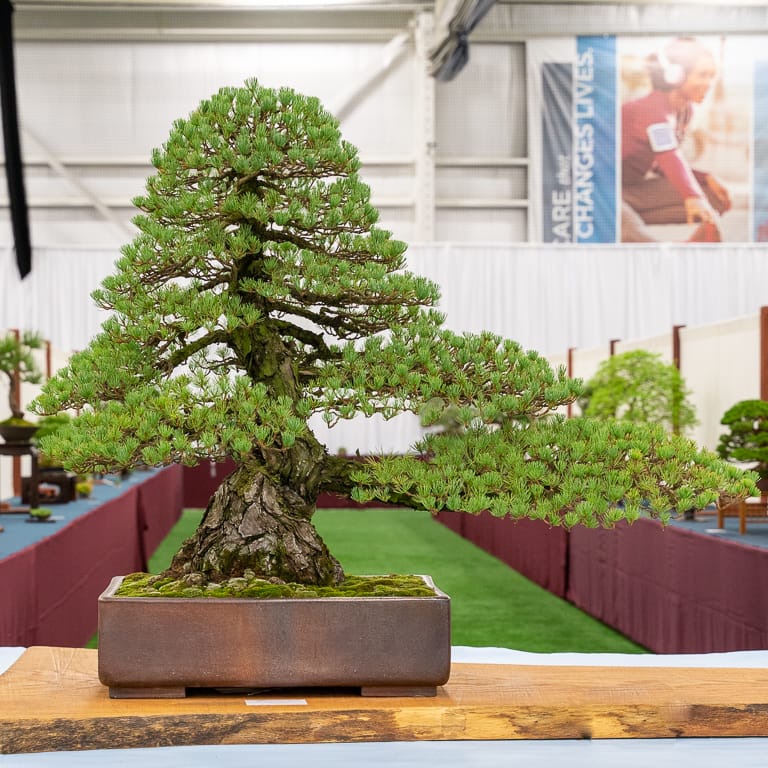
Miyajima white pine
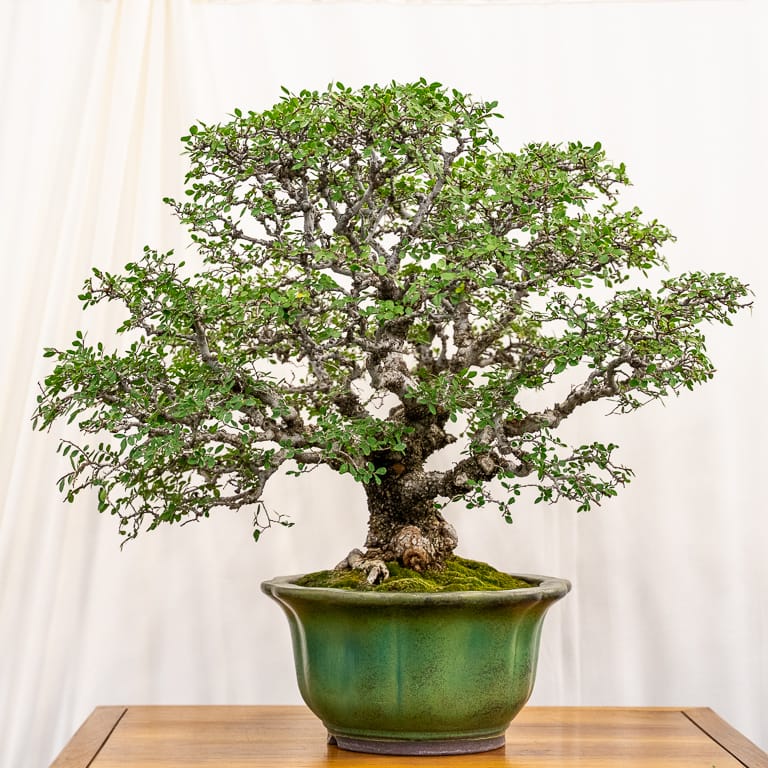
Catlin elm
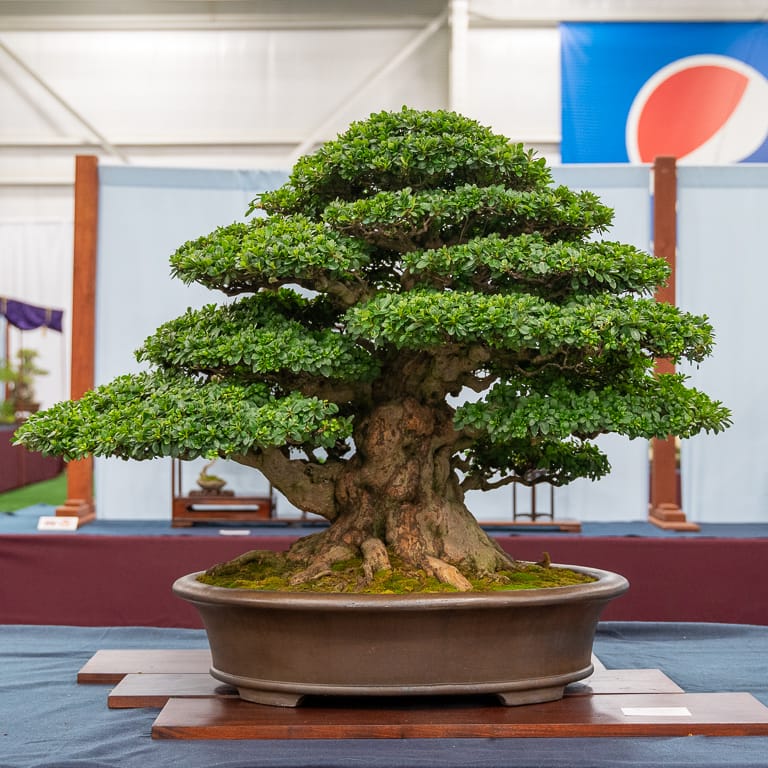
Satsuki azalea
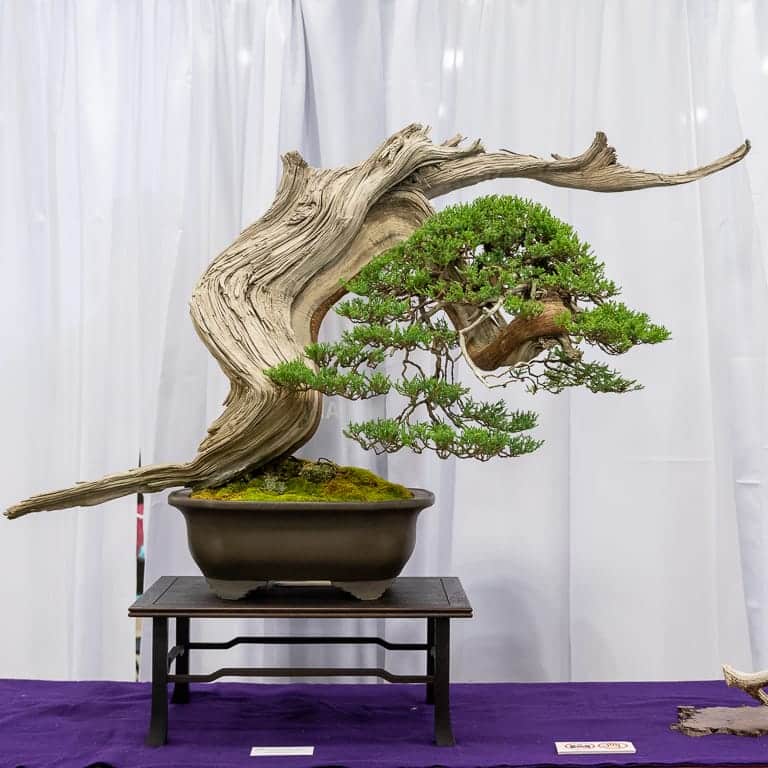
Rocky Mountain juniper
Listen to the critique at the Bonsai Wire Podcast.
Pre-order the exhibition catalog.
Subscribe to Bonsai Tonight
New Posts Delivered Every Tuesday and Friday
Christian says
What an experience to get to look at the trees and listen via the Bonsai wire podcast. Excellent work!
Christopher M. Cochrane says
The best podcast, ever! It was truly like standing beside each of you. Thanks for describing the depth of the bonsai compositions; if done in the future, it would be great to see each tree from a side angle as well as from the front. It is refreshing to hear critiques where there are no axes to grind regarding Japanese , Chinese or American/Western styling– all are appreciated and to be admired. Thanks, again!!!
Jonas Dupuich says
Thanks, Christopher – I really appreciate it! And great point about the side shots. I’ve thought the same thing when looking at photos of exhibitions in Japan – will try to get more shots next time!
Lynne ODell says
Thank you for pairing your photos with your Podcast critique. A very satisfying hour and glimpse of the National Exhibition.
Jonas Dupuich says
Hi Lynn – thanks!
Roseanne Moresco says
BRAVO & thank you !!
Jonas Dupuich says
Thanks, Roseanne!
Tom Tynan says
Really well done podcast…I was wondering if in the Limber Pine composition…you mentioned the accent plant (fern) planted within the container; I am wondering if the first”twist”in the trunk creates an inverse taper bulge that attempts to use the green fern to “fill in below” the inverse taper and create some balance. It also seems like the fern should not have been planted directly behind the trunk; but offset from the trunk to create some depth; I also think that the root mass would have looked better with some smaller accent plants etc. on the face of the mass. What in general is your opinion of the “raised root mass” look when you see this in an exhibition…..Thanks again ..Regards Tom
Jonas Dupuich says
Thanks, Tom! The big twist has reverse taper – it’s a good case of character over convention. My assumption about the moss mound is that it’s purely practical, but I don’t know what’s underneath. The high mound provides a convenient location for planting the fern which distracts from the slender base of the tree.
I don’t know that I’d have come up with the same solutions to managing the root mass and reverse taper, but I also don’t think it matters a lot in light of the fantastic character of the trunk and strength of the story the tree tells with its scars from the chopping.
I can also add that seeing the tree in person I was struck by how much front to back movement there is in the trunk – I’ll have to share a photo from the side if I get the chance. The tree is also quite large which helps it focus our attention on the bark and foliage rather than on the pot and moss.
Richard Dorfman says
Wonderful podcast, Jonas. Listened in the car. Easy to visualize the trees. Wish you had reviewed one or two shohin, but that’s selfish on my part as that’s the direction my collection is taking as I grow older.
Jonas Dupuich says
Thanks, Richard! We were also hoping to get to the shohin but didn’t manage our time well. Will have to cover the shohin displays next time!
Rafael Najmanovich says
Jonas, Thank you for the photos. Magnificent creations. Pity at least the name the creators of the pieces you showcased are not mentioned in this blog. I think they ought to have been, you know, like any other art piece would.
Jonas Dupuich says
Thanks, Rafael! As for the names, I’d love to share them, but not everyone wants their names published with their trees and I wasn’t able to get permission from the owners for this post. Many of the trees we talked about will be featured in an upcoming post from Bill Valavanis and I expect he’ll share the names of the prize-winners here: https://valavanisbonsaiblog.com
jean-yves Guilard says
de bien beaux arbres ,merci pour les photos
Jonas Dupuich says
Thanks, Jean-Yves!